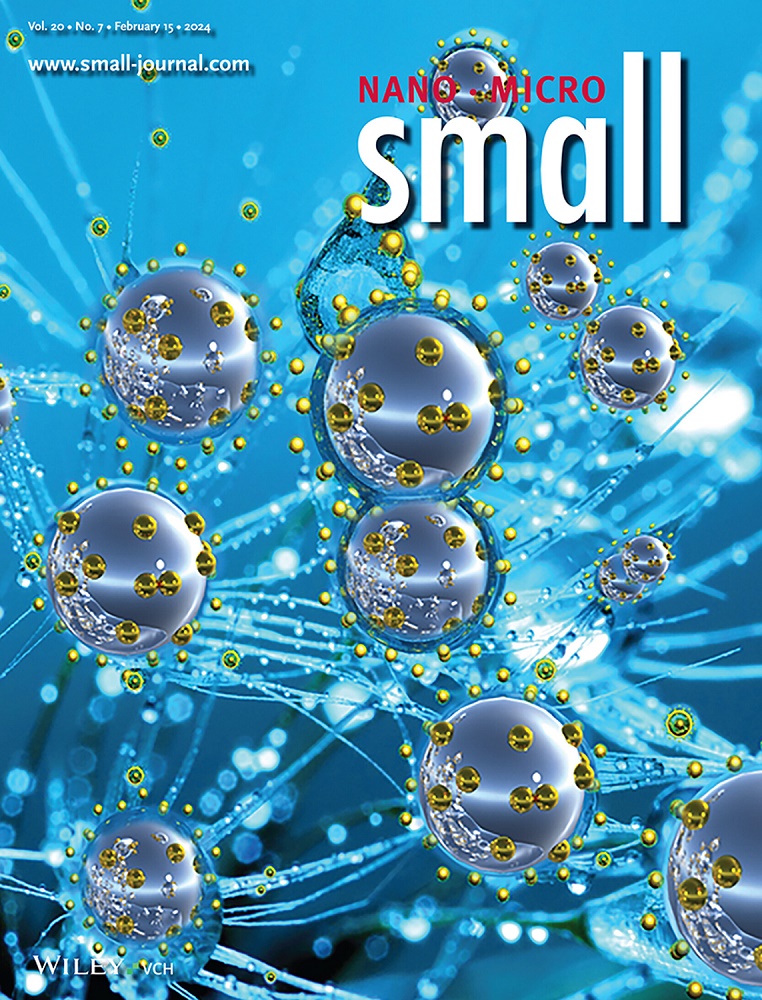用于铝水电池化学的抗氧化高熵合金
IF 13
2区 材料科学
Q1 CHEMISTRY, MULTIDISCIPLINARY
引用次数: 0
摘要
今天,锂离子电池无处不在,从便携式电子产品到电动汽车和电网储能。然而,从长远来看,锂离子技术可能是不可持续的;锂很稀少,只占地壳的0.0065%。另一方面,铝(Al)是地球上最丰富的金属,由于每个Al原子有三个电子转移,因此提供了出色的理论容量。然而,利用铝金属的传统电池面临一个主要障碍:形成钝化的Al₂O₃层,阻碍了Al3⁺的移动。在这里,一种Al基高熵合金(Al - HEA)被报道可以实现高效的Al3 +传输,同时也稳定了Al -金属/水电解质界面。第一性原理计算表明,Al - HEA的固溶结构导致Al原子将电子转移到邻近元素,这在热力学上抑制了氧化。此外,与纯Al相比,Al‐HEA的氧化过程在动力学上是缓慢的,保持合金/电解质界面开放,以最小的过电位进行Al3+传输。利用这一点,一种高性能的水铝硒(Al-Se)电池被证明利用了这种独特的化学性质。本文章由计算机程序翻译,如有差异,请以英文原文为准。
An Oxidation‐Resistant High Entropy Alloy for Aqueous Aluminum‐Battery Chemistries
Today Lithium (Li)‐ion batteries are ubiquitous from portable electronics to electric vehicles and grid energy storage. However, Li‐ion technology may not be sustainable in the long run; Li is scarce and comprises <0.0065% of the earth's crust. Aluminum (Al) on the other hand, is the most earth‐abundant metal and offers an outstanding theoretical capacity due to three electron transfers per Al atom. However, traditional batteries that utilize Al‐metal face a major obstacle: the formation of a passivating Al₂O₃ layer that blocks Al3 ⁺ movement. Here, an Al‐based high entropy alloy (Al‐HEA) is reported that enables efficient Al3 ⁺ transport while also stabilizing the Al‐metal/aqueous‐electrolyte interface. First‐principles calculations reveal that the solid‐solution structure of the Al‐HEA leads Al atoms to transfer electrons to neighboring elements, which thermodynamically suppresses oxidation. Additionally, the Al‐HEA's oxidation process is kinetically sluggish compared to pure Al, keeping the alloy/electrolyte interface open for Al3+ transport with minimal overpotential. Taking advantage of this, a high‐performing aqueous Al–Selenium (Al–Se) battery is demonstrated that leverages this unique chemistry.
求助全文
通过发布文献求助,成功后即可免费获取论文全文。
去求助
来源期刊

Small
工程技术-材料科学:综合
CiteScore
17.70
自引率
3.80%
发文量
1830
审稿时长
2.1 months
期刊介绍:
Small serves as an exceptional platform for both experimental and theoretical studies in fundamental and applied interdisciplinary research at the nano- and microscale. The journal offers a compelling mix of peer-reviewed Research Articles, Reviews, Perspectives, and Comments.
With a remarkable 2022 Journal Impact Factor of 13.3 (Journal Citation Reports from Clarivate Analytics, 2023), Small remains among the top multidisciplinary journals, covering a wide range of topics at the interface of materials science, chemistry, physics, engineering, medicine, and biology.
Small's readership includes biochemists, biologists, biomedical scientists, chemists, engineers, information technologists, materials scientists, physicists, and theoreticians alike.
 求助内容:
求助内容: 应助结果提醒方式:
应助结果提醒方式:


